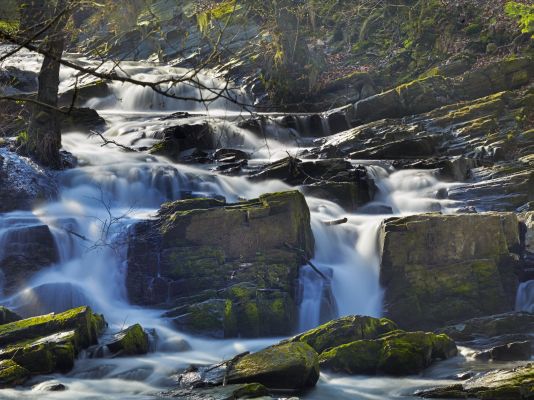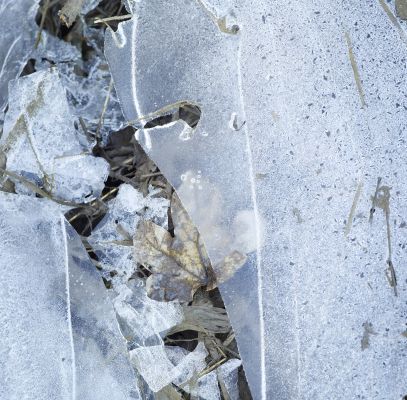FAQs on BiodiversityKnowlegde
As we anticipate a lot of questions around the NoK concept and the project, find below some answers to frequently asked questions about the project. We will continously update it, so feel free to send any questions to info@vliz.be
(Status 25-3-2012)
What is BiodiversityKnowledge?
Where does the concept come from?
Why is a network of knowledge necessary?
What are the challenges to build BiodiversityKnowledge?
What are the key principles of BiodiversityKnowledge?
What is the link between BiodiversityKnowledge and IPBES?
What do we understand by knowledge on biodiversity and ecosystem services?
How do I get involved in BiodiversityKnowledge?
How can I suggest ideas of how to improve BiodiversityKnowledge activities?



| What is BiodiversityKnowledge? |
BiodiversityKnowledge is an innovative and ambitious European project whose objective is to develop a design for a scientific Network of Knowledge (NoK) on biodiversity and ecosystem services to better inform policy-makers and other societal actors. The project is funded via the EU FP7 Coordination Action KNEU. |
| Where does the concept come from? |
BiodiversityKnowledge is inspired by the development of the research community on biodiversity and ecosystem services over the last 10-15 years in Europe. Many networking activities in the community as well as policy relevant results and project have also identified the need to go one step further in developing the exchange processes between science (and other knowledge holders) and decision makers. For this, the EPBRS developed the concept of a Network of Knowledge in 2009, and the EU FP7 project KNEU now implements and tests the concept. Behind KNEU stand a consortium of 18 partners from across Europe, led by the Science-Policy Expert Group of the Helmholtz-Centre for Environmental Research, Leipzig, Germany. The partners with their networks already represent a broad knowledge base on biodiversity and ecosystem services, but we decided to take on the effort for this project for the whole knowledge community in the field, which is invited to participate in all activities. |
| What is a NoK? |
A Network of Knowledge (NoK) is defined in the concept note of EPBRS as “a meta-network of institutions’ knowledge ensuring a high quality and broad scope of the knowledge available, while at the same time acknowledging the expertise of these institutions and their experts.” Its aim is to set up processes to better deliver this knowledge to decision making. |
| Why is a network of knowledge necessary? |
Policy and management of biodiversity and ecosystem services, in Europe and beyond, face increasing pressures: biodiversity loss is continuing, many ecosystem services are in constant decline. Many measures have been taken, e.g. the design of the Natura2000 network, but many challenges remain, especially with increasing climate change and continued intensification of agricultural use.In such a situation, the gap between new knowledge developed in research and elsewhere and practical management and policy implementation needs to be closed, new knowledge need to be fed into policy more rapidly. A NoK could help facilitating the process and add a new and supportive dimension in addition to existing interfaces like agencies, advisory boards and consultancy work. |
| What are the challenges to build BiodiversityKnowledge? |
The challenge of designing and implementing a successful NoK on biodiversity and ecosystem services is multifaceted. Biodiversity knowledge is still quite scattered across disciplines, scales and different kinds and a high number of institutions and even individuals. A NoK will need to address the interest of knowledge holders to get acknowledged for their input, but also need to better communicate the need for their input into societal discussions. When providing knowledge to clients, it will need to be as explicit as possible about the knowledge sources, their quality and uncertainties, but also be as relevant as possible for the client’s needs. |
| How does the NoK work? |
When a request for knowledge is sent to the NoK, it works like a stimulus activating a neuronal system. The request arrives at a central node (KCB) which makes it circulate effectively within the whole network to invite experts to identify themselves and eventually join a working group set up to answer the request. For many requests, the NoK itself may serve them directly in the sense of a community of interest that automatically guides requesters to relevant experts or knowledge (reports, databases…) to answer their requests. Such a community of interest will in fact be needed in the end, as many requests from management and decision making will have short time frames for getting answers.For further information, take a look at the NoK prototype narrative. |
| Who can make a request? |
Potentially any organization (no individual) could ask a question to the NoK, yet financial constraints will have to be taken into consideration, when in-depth analysis is needed. For the NoK community of interest, any participant in the NoK may pose questions. |
| What are the key principles of BiodiversityKnowledge? |
The principles of BiodiversityKnowledge are inspired by the principles of other communities of interest like the Cochrane or the Campbell Collaboration. For the area of biodiversity and ecosystem services we have formulated a mission and a set of (preliminary) principles, that BiodiversityKnowledge should be based on. |
| IPBES stands for ‘Intergovernmental Platform on Biodiversity and Ecosystem Services’ and will be an interface between the scientific community and policy makers that aims to build capacity for and strengthen the use of science on conservation and sustainable use of biodiversity and ecosystem services in policy making. Negotiations are currently ongoing in order to establish its structure and content; the last meeting took place in Panama, 16-21 April 2012. For more information, see http://www.ipbes.net | |
| What is the link between BiodiversityKnowledge and IPBES? |
Both BiodiversityKnowledge and IPBES aim at ensuring that the best available knowledge is made available to governments and other decision makers and it appears clearly that, concerning biodiversity and ecosystem services issues, interlinkages between different scales will be fundamental. Furthermore, the establishment of regional structures within IPBES, responsible for carrying IPBES work at the regional level - including regional assessments of knowledge on biodiversity and ecosystem services and their inter-linkage - is currently under discussion. |
| What do we understand by knowledge on biodiversity and ecosystem services? |
Any information that has been processed to support dialogue on biodiversity management and better decision making. This includes information from a wide range of disciplines and from practical implementation (management) and experience as well as from scientific knowledge, i.e. mainly backed and peer-reviewed literature. |
| How do I get involved in BiodiversityKnowledge? |
Everybody is more than welcome to comment on the prototype, offer their participation as expert to the demonstration cases, propose a typical question that they would like BiodiversityKknowledge to answer, or simply contact us for further information (info@vliz.be). |
| How can I suggest ideas of how to improve BiodiversityKnowledge activities? | New ideas are always welcome. Do not hesitate to contact us at info@vliz.be |
